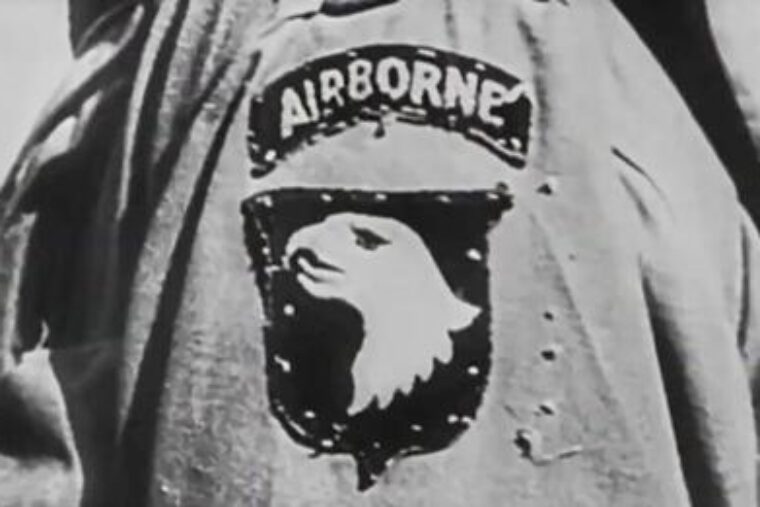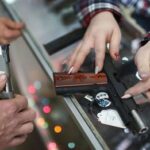An interesting read about history.
On June 6, 1944, in conjunction with the naval landings of Operation Neptune, the U.S. Army sent in two airborne divisions to land behind enemy lines in Normandy, France, as a part of the overall D-Day landings. One of these two divisions was the 101st Airborne, who wore the now legendary “screaming eagle” patch. The 101st Airborne Division was tasked with capturing a series of beach exits and enemy strongpoints directly inland from the shores of Utah Beach. The division would parachute in with 6,928 men, ferried by numerous C-47 transport aircraft.
As recalled by 101st Airborne Division veteran, Donald R. Burgett, the force took off from airbases in England just before dark on the evening of June 5, and by the time they arrived in Normandy and began to parachute in, it was 1:14 a.m. The aircraft flew in through a fog bank, which caused them to scatter a bit. The C-47s were flying so slow that, as Don recalls, he felt the opening sock, looked up to see machine gun tracers fly through the canopy of his chute and then hit the ground. They had been dropped from merely 300′ off the ground, much lower than the 700′ minimum they were supposed to jump at.
Another 101st Airborne veteran, Raymond Geddes Jr., recalls jumping only to see a farm house in the distance for a brief moment, before hitting the ground. It was the lowest parachute jump he ever made. His watch broke when he landed, freezing the hands at the time of 1:25 a.m. Many lesson were learned during these jumps that should have been worked out during training.



